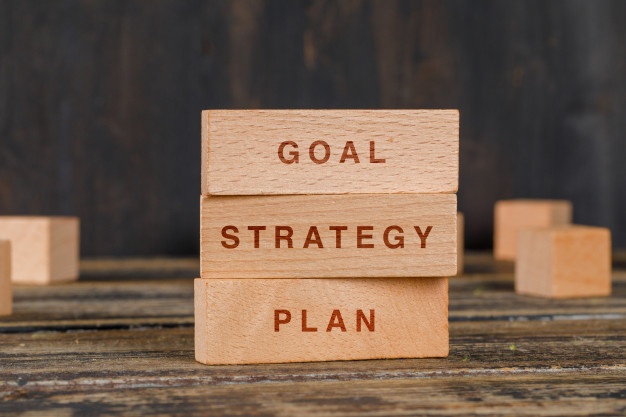As an employee, especially as a manager, it is truly a luxury to be working on a single project at a time. Most of the time, that is not the case. We are constantly juggling our effort from project to project. It is not rare to be working on four different projects at a time and it is easy to get mixed up between the information in one project to the other.
Context switching is a term used to describe the ability to change your focus from one thing to another quickly. It is an important skill to have for managers, consultants, and any other profession. Even if you are not working in an office, for example, if you are a chef, you will need context switching to switch between preparing ingredients for the omelet to cooking checking whether the flour delivery has arrived.
Over the years of working as a project manager working on multiple projects at once and also as a product manager responsible for several products, I have developed some kind of system to help me switch contexts easier. There are several things that I recommend you do to help you switch context faster and effectively, those are:
- Have a summary of the latest status
- Keep a note or to-do list
- Make an allocated time for each project
- Have a “reset”activity
Keep a note or to-do list
A hack of our brain is that if we write something down (even digitally), it helps us think more clearly. Keeping a note of what needs to be done and when it needs to be done is an important step to get organized. By keeping a note you will remember what you need to do and have an easily accessible place in case you forgot.
I always keep a to-do list and update it every time I got something new to do or finished doing something. I refer to this list several times a day.
Personally, I am using google keep as my go-to note and to-do list. I chose google keep because it is readily available on the web and on the phone. It allows me to see my to-do list whether I’m working on my laptop or on the go on my phone. The syncing process between devices is a bit unreliable, but I can live with it.

Have a summary of the latest status
It is also important to have a document to quickly check the latest status of each project. The form of this document can be various.
On projects where I need to share the latest status weekly, I make a separate text (notepad) file for each week with a summary of the project. On other projects, I can refer to the presentation that we make as the final report. Or maybe there is an excel file with statuses of the detailed work to be done.
If there is no such document already available in your project, I recommend making a simple text file to keep a status summary of the project.
Make an allocated time for each project
There is a book called 18 minutes that suggested spending a few minutes at the beginning of each workday to plan and allocate time for each task. I sometimes did this as well, though not every day.
I usually do this if there are multiple tasks to do on the day and each takes quite substantial time and needs dedicated time to focus. An example is if I need to review a proposal, create a discussion guideline, or if I just want to block my time to read a book.
I usually create this on google calendar. On the android version of google calendar, we can see events from several accounts. Using this I can see both work events and personal ones. It is also easy to add new events in google calendar, that’s why I love it.

A little tip, for a work task that is not a meeting such as a proposal review or creating a report, I usually create the event/meeting on my personal calendar instead of my work calendar. I do this so that when people see my work calendar before they invite me to meetings, it will not show that I am busy.
Having said that, the time for these tasks might change if the previous item is lagging, there is a sudden meeting, or if you just don’t feel like doing it. Moving the event to another time is also very easy with google calendar.
PS: This is not an endorsed post, but I really do love google calendar. It’s a lifesaver.
Have a “reset” activity
Lastly, another thing that I recommend to help you switch context is by having a “reset” activity. What I mean by this is to do something relaxing and unrelated to work in between the tasks.
An example can be getting up to get a drink, taking a piss, playing a short game, or going outside and enjoying the scenery for a while. Doing this can help you “store” the memories from the previous context and clear up your mind so it is easier to load the new context.
You can, of course, alternate between several reset activities, it doesn’t have to always be the same thing every time.
That is it. Several tips to help you switch context easily and effectively to go through your busy day! I hope what I shared here can be useful for you and your professional growth.
If you have any questions, feel free to leave them in the comments.
Do you have any other tips on how to do context switching? Leave your thoughts in the comments!
Arfian is the Head of Digital at YCP. He is a consultant specializing in information technology solutions and product management. Arfian has an MBA from SBM Bandung Institute of Technology and a Bachelor in Computing from President University.





